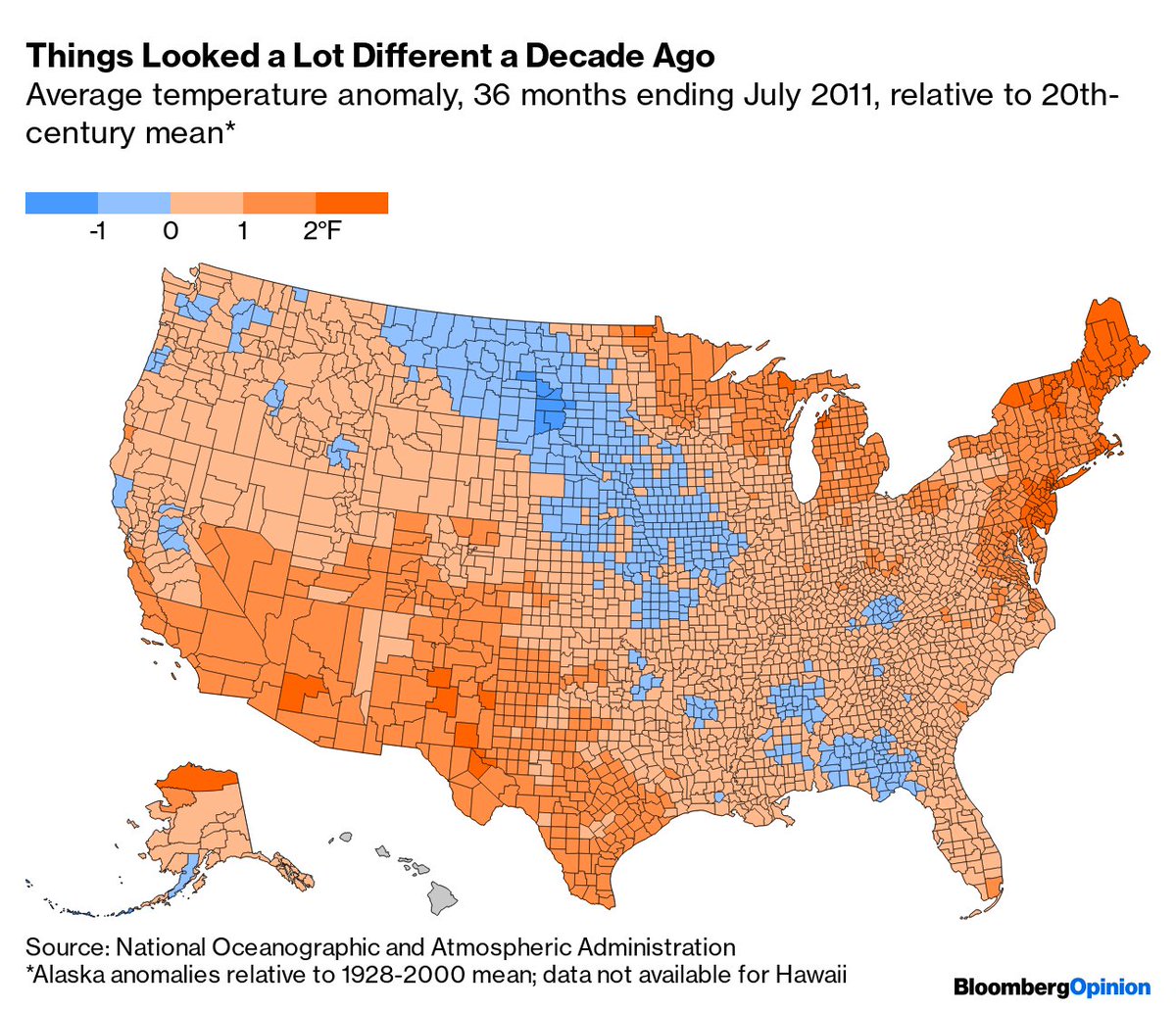So weird to see NYC held out as an example of how to do things right re Covid-19 but ... here you go
https://twitter.com/_MiguelHernan/status/1304424019450630144
The one caveat I'd add to this (excellent) thread is that I do think a higher percentage of New Yorkers than Madrileños have Covid-19 antibodies. In the Comunidad de Madrid (which seems similar to if not identical the metro area) it was ~11.5% in April/May thelancet.com/journals/lance…
In NYC it was 22.7% in April, and 16.1% in Westchester/Rockland and 13.2% on Long Island. So probably around 20% for the metro area. (cc @_MiguelHernan) sciencedirect.com/science/articl…
But the Spanish antibody survey was likely more representative of the population (they randomly chose households to test) than the NY one (conducted outside grocery stores), so maybe it's a wash
• • •
Missing some Tweet in this thread? You can try to
force a refresh



















